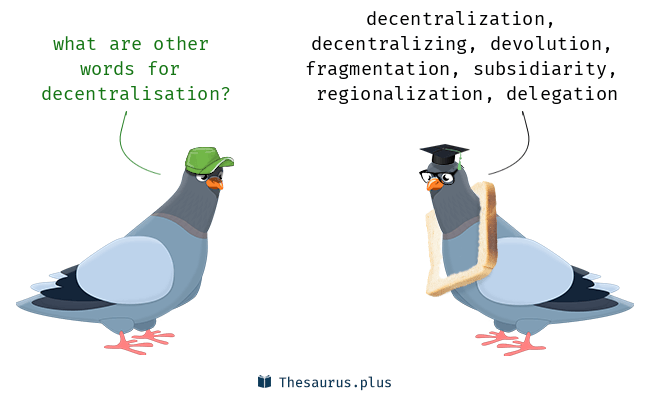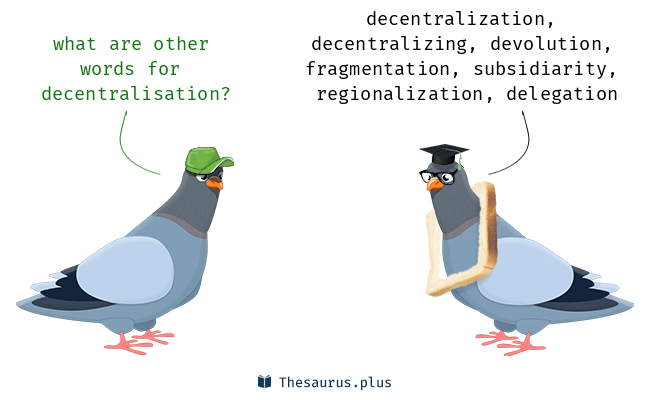Bitcoin was first announced in 2008. After the software went live in early 2009 an announcement reinforcing the statements of the white paper was issued on the P2P forum. This announcement heralded the first true implementation of Peer to Peer currency.

The post on the Peer to Peer foundation stated the following:
The root problem with conventional currency is all the trust that’s required to make it work. The central bank must be trusted not to debase the currency, but the history of fiat currencies is full of breaches of that trust. Banks must be trusted to hold our money and transfer it electronically, but they lend it out in waves of credit bubbles with barely a fraction in reserve. We have to trust them with our privacy, trust them not to let identity thieves drain our accounts. Their massive overhead costs make micropayments impossible.
The desire was to create and implement a stable currency that could not be debased or manipulated. Perversely, a myth of decentralisation has appeared that re-purposes that goal. Bitcoin was created as a decentralised system to enable stable electronic money for the first time. The foundation of this story has been twisted to say that Bitcoin is there to create a decentralised system. Again, the system is decentralised in order to create the first stable electronic money, not as digital gold, not as a settlement system, but as digital cash.
The primary and central purpose of bitcoin is to deliver a stable monetary unit. By stability, we reference a system similar to gold in scarcity yet that is easily transacted in. In particular, a system of low transaction costs with no inherent value other than as money itself. The primary purpose of bitcoin is not decentralisation, it is use as a monetary currency. This is, a low cost, high volume system of exchange.

The system delivered by Bitcoin is designed to be change resistant when it achieves scale. Stability is an important aspect of money. Money is in effect a form of measurement instrument. In a manner similar to how we measure distance, money is of greatest value when it is universally adopted and can be used as a common system for measurement. We do not have many versions of a metre and nor should we have many versions of currency. Just as the metre does not change in nature neither should money. This is the reason for decentralisation in bitcoin. Not decentralisation for decentralisation sake, rather a monetary system that achieves stability by being difficult to change. This is an aspect of bitcoin that comes with scale.
Those who have been attacking bitcoin target the centralisation of miners and pools. This comes to the fallacy of black-and-white thinking. It is a false choice or false dichotomy. In this, it is falsely argued that only one option or another can exist.
In the case of bitcoin, centralisation is argued to be an all or nothing scenario. The truth is far more subtle.

A false dichotomy is a dichotomy that is not jointly exhaustive (there are other alternatives), or that is not mutually exclusive (the alternatives overlap), or that is possibly neither. Note that the example given above is not mutually exclusive, since the test and the program could both be wrong.
Centralised
Decentralised
There are other options.
The argument is one that begs the question of why bitcoin exists. Bitcoin exists to be an electronic currency system designed to allow micro-transactions whilst simultaneously offering negligible or low transaction fees, even for high value and international treansactions. It is not digital gold nor would such a system work. Many misunderstand the underlying reasons that fiat currencies are used exhaustively, even whilst these are debased.

At the extreme, decentralised systems are fragmented. They are not strong and they are easy to subvert. As with most things, the answer is a balance. Bitcoin is not a system designed to deliver equality, for the only way to true equality is for all to be equally destitute.
Kyotaki and Wright (1989) formalised a model of money. In the system, money arises as a solution to a search problem. Matching parties in mutual exchange lowers transactional friction in a Coasean manner. Primarily, they explain the predominance of fiat currency. The two properties that make fiat systems widely used derived directly from the dual properties of:
1. Lower storage costs than all other goods and commodities, and
2. Non-consumability.
Together, these two properties account for the lower transaction costs and increased trade opportunities. At scale, and only at scale, bitcoin offers the ability to deliver lower transaction costs with high reliability for both micro transactions as well as bank settlements. Importantly, it also does this without offering any other consumer function directly distinct from the system itself. In bitcoin, the value of the system is derived from the system itself no other commodity-based input. This mirrors fiat systems whilst creating stability and limiting the ability for individual parties to debase the currency.
Bitcoin solves this problem through competition. Entities acting as commercial validators or miners compete to prove the integrity of transactions through the creation of blocks. As long as no one individual holds control of more than 50% of the network, the system can maintain stability and not be arbitrarily altered. The requirement is three or more parties acting in competition. In any implementation with three competing miners any of which hold no more than 50% of the network hash power at any time, the system is decentralised.
The reality is more entities are better. Given a minimum of three competing parties and the nature of capitalist systems where profit can lead to some organisations failing and going bankrupt, it is recommended at all times that more than three or four organisations act in competition to ensure that no single failures leads to a scenario where one party can destabilise the network.
In any system with five or more mining entities where none of the parties hold individual control of more than 50% of the network, bitcoin is decentralised. As the system scales the cost of running up and attacking these commercial entities increases significantly. Even with a small number of miners, bitcoin remains decentralised as a distributed monetary system delivering the primary core deliverable, monetary stability. More importantly, as bitcoin scales, the cost to attack the network increases significantly. As a global system, no government could ever attack bitcoin.
It is also important to note that if any individual miner goes into bankruptcy, the profit for all other remaining miners increases. This leads to a scenario where competition and profit dynamically maintain the balance of the system. As one miner loses a competitive advantage, another takes the place of the former. The equilibrium is structured in a manner that allows sufficient decentralisation to maintain stability whilst delivering low-cost near instantaneous low-cost transactions.
What many developers and pundits fail to understand is that the only way a monetary system can act as a medium of exchange is to have no other value or at least a use value that is far lower than any other product being transacted. An aspect of gold that you consider is not only that it is scarce and stable but that it has practically no other use in history. One of the earliest reasons for the implementation of gold as a settlement system was its lack of durability and use in creating goods. The use of gold as jewellery came later as it had monetary value. We see this in many cultures without wide access to a good monetary base (such as India) where gold based jewellery is used as a means of carrying one’s wealth while simultaneously acting as a Veblen good to signal position in a hierarchy.
The flawed thinking that crypto-currency must have alternative value is addressed through the search efficiency of a currency unit (Arrow-Hahn, 1971). In this and the KW model, it was demonstrated that fiat money is not unequivocally welfare enhancing. The production of additional fiat money was demonstrated to lower consumption. The result is a demonstrable optimum amount of fiat money in circulation.
This can be modelled as a prisoner’s dilemma. Due to the non-consumability and favourable storage cost fiat money has the capability to crowd out commodity monies in the traditional sense. Any efficient money, fiat or crypto-currency that fails to maintain stability is inexorably driven towards a single Nash equilibrium that drives out the use of the less efficient currency whilst also reducing overall welfare. It is for this reason that bitcoin is set as a stabilised monetary system. It delivers a non-consumable system while simultaneously creating lower transactional friction than any fiat currency can deliver at scale.
The aim of bitcoin is not to deliver a decentralised system. A decentralised system is used to ensure the primary goal of bitcoin, a stable monetary unit.
References
Nobuhiro Kiyotaki and Randall Wright, (1993) “A Search-Theoretic Approach to Monetary Economics” The American Economic Review Vol. 83, №1 (Mar., 1993), pp. 63–7
Arrow, Kenneth J.; Hahn, F.H. “General Competitive Analysis” Published by Holden-Day Inc, San Francisco (1971)
Published by Holden-Day Inc, San Francisco (1971)

